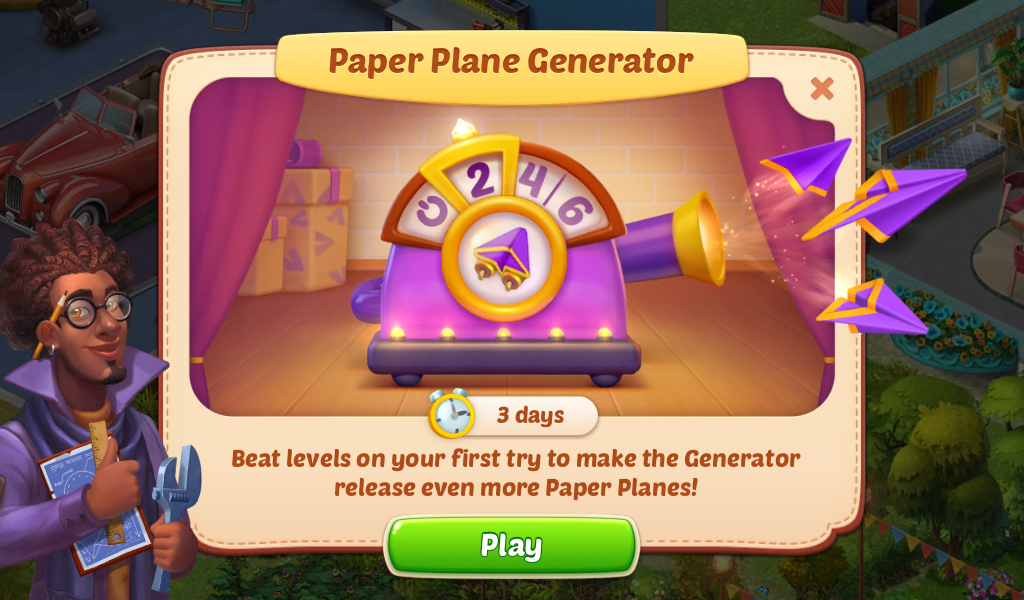

On the downside, this design requires you to manually transfer the power and adjust the circuits accordingly. It also allows you to use hardwired devices like your furnace and well pump. On the upside, this design eliminates the risk of backfeeding electricity into the electrical grid and provides an appropriate feed from the generator to your home so that you can power individual circuits and enjoy a relatively normal experience during a power outage. It requires no special electrical work or additional expense. The upside to this method is that you can deploy it immediately if you have the generator and the appropriate extension cords on hand.

It's not exactly luxurious off-grid living, but it will get the job done safely. You might run the cable through a cracked window into the kitchen, for example, to keep your refrigerator and freezer running and power your phone. It's inconvenient compared to the other methods, to be sure, but if you haven't wired your home in advance to use generator power, then you're left running an appropriately large gauge 20A extension cord, or even a 30A extension cord specifically designed for use with a generator, to power key area of your home to power critical things. Plugging devices directly into the generator is the simplest way to use a generator, and if the power outage is already underway and you haven't prepared in advance to use the generator, it is the only safe way to use it.

Plug Appliances Directly into the Generator


 0 kommentar(er)
0 kommentar(er)
